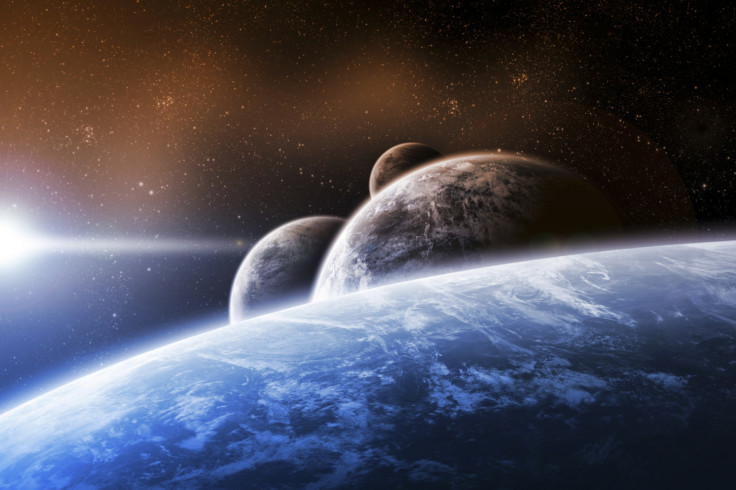Exoplanets: How many potentially habitable planets are there in the Milky Way?
Nasa to hold news conference on exoplanets discovery on Wednesday 22 February.
Nasa is set to make an announcement about a "discovery beyond our solar system" relating to exoplanets. The space agency said it will host a conference relating to the discovery on Wednesday, 22 February, at 1pm EST (6pm GMT).
While very brief on details, it said they will be presenting "new findings on planets that orbit stars other than our Sun, known as exoplanets".
Attending the Nasa news conference will be:
Thomas Zurbuchen, associate administrator of the Science Mission Directorate at NASA Headquarters in Washington
Michael Gillon, astronomer at the University of Liege in Belgium
Sean Carey, manager of NASA's Spitzer Science Center at Caltech/IPAC, Pasadena, California
Nikole Lewis, astronomer at the Space Telescope Science Institute in Baltimore
Sara Seager, professor of planetary science and physics at Massachusetts Institute of Technology, Cambridge
What are exoplanets?
Exoplanets are planets that orbit stars beyond our solar system. Our system has eight planets and a number of dwarf planets (including Pluto).
The existence of exoplanets was confirmed in 1992, when astronomers identified several planets orbiting the pulsar PSR B1257+12. The first exoplanet orbiting a star like our Sun was announced in 1995. The exoplanet, 51 Pegasi b - also called Dimidium – provided us with confirmation that planets like Earth could exist beyond our solar system.
Since then, over 3,500 exoplanets have been confirmed across more than 2,600 planetary systems. Many of these were found using Nasa's Kepler spacecraft, which was designed to look for Earth-like planets orbiting other stars.
Of the exoplanets Kepler has found, 21 have been found to be less than twice the size of Earth, and sitting within their star's habitable zone. The habitable zone refers to the region in the planetary system where liquid water might exist – i.e. it is not too hot or too cold.
How many exoplanets are there in the Milky Way?
At present, it is thought the Milky Way is home to 100 billion exoplanets. A study published in Nature in 2012 used six years' worth of observations and came to the conclusion that there are more Earth-sized planets than there are massive ones like Jupiter.
In another later study, published in the Monthly Notices of the Royal Astronomical Society, researchers used a 250-year-old equation to establish how many of the Milky Way's exoplanets could be located within the habitable zone. The equation – the Titus-Bode law – showed there could be billions of potentially habitable planets in our galaxy.
Are 'potentially habitable planets' actually habitable?
At the moment we cannot tell if a potentially habitable exoplanet actually has the conditions right for life. Astronomers would need to understand the atmospheric conditions and traces of biological signatures – which our current telescopes cannot do.
However, that is set to change when Nasa's James Webb Telescope is launched – currently scheduled for October 2018. This telescope has been designed to study the atmospheres of exoplanets to look for the building blocks of life – bringing us a step closer to answering the question: are we alone in the universe?

© Copyright IBTimes 2025. All rights reserved.






















